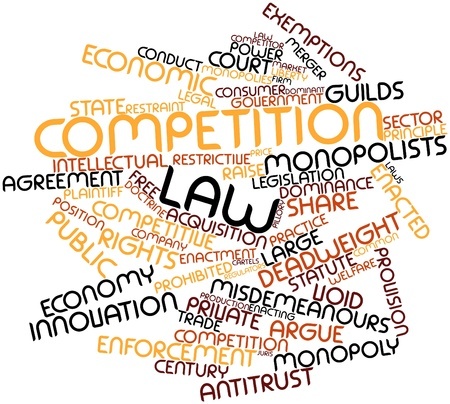Application Exercise 4m: s.46 of the Competition and Consumer Act 2010

- Anti-competitive conduct refers to actions by firms that seek to limit or damage competition in particular markets. It is typically exercised by firms with market power (e.g. monopolists or duopolists) and will slow the entry and expansion of new and innovative firms (as well as delay the entry of new technologies). This is because potential entrants will consider it a more high risk strategy to enter a market where incumbent firms with market power devote resources to anti-competitive practices, such as predatory pricing. Instead, the potential entrants are more likely to enter a market where the risks are lower. This impedes innovation, productivity and economic growth because dominant firms devote fewer resources to innovation given that competitive pressures are weak. Costs are therefore likely to be higher, which raises prices and reduces competitiveness, all of which impact negatively on aggregate demand for goods and services and reduces the rate of economic growth.
- This is because a business with substantial market power may maintain or advance its position by restricting or undermining its rivals’ ability to compete, rather than by offering a more attractive product. This therefore prevents markets from operating in a competitive way, where (new) firms continue to seek innovations and better quality/priced products. Excluding the ability of rivals to compete in this way means that ‘exclusionary conduct’ undermines the effective operation of markets.
- Under previous legislation, the Australian Competition and Consumer Commission (ACCC) needed to prove that the dominant firms actually ‘intended’ to substantially lessen competition in the marketplace. Intent was very difficult to prove in many ACCC actions were unsuccessful. The new provisions do not require for the ACCC to show intent. In other words, the ACCC only needs to show that the alleged ‘anti-competitive’ action had the ‘effect’ or likely effect of substantially lessening competition in the marketplace. This is much easier to prove and provide greater scope for smaller businesses or new entrants to compete more effectively with the dominant firms.
- Larger businesses are less likely to engage in a practice known as ‘predatory pricing’ in order to eliminate competition. In this respect, the larger firms are unlikely to reduce prices to very low levels in an attempt to eliminate competition in the medium to longer term. In this respect, the new provisions are likely to see prices remain higher than otherwise in the short term. However, in the longer term the existence of greater competition should see prices lower than they otherwise would have been.
- Small businesses will benefit from the new provisions because it is easier for them to prove (via the ACCC) that they have been subject to the anti-competitive behaviour of dominant businesses. This will therefore act as a restraint on these larger businesses from engaging in this conduct and enable smaller businesses to operate with a reduced threat of failure that is linked to aggressive action of dominant firms. Consumers will win in the longer term because the provisions to maintain a more competitive environment are more conducive to innovation, productivity growth and lower prices.
- This is because the regional newspaper’s actions were intended to eliminate its competition by charging advertising rates at below its costs of production. These low prices effectively meant that the new player on the market could not establish a foothold, knowing that the incumbent newspaper would continue to price at these ‘competitive’ (i.e. predatory) rates until the new newspaper exited the market. The actions therefore had the purpose, or likely effect, of substantially lessening competition in the market.
